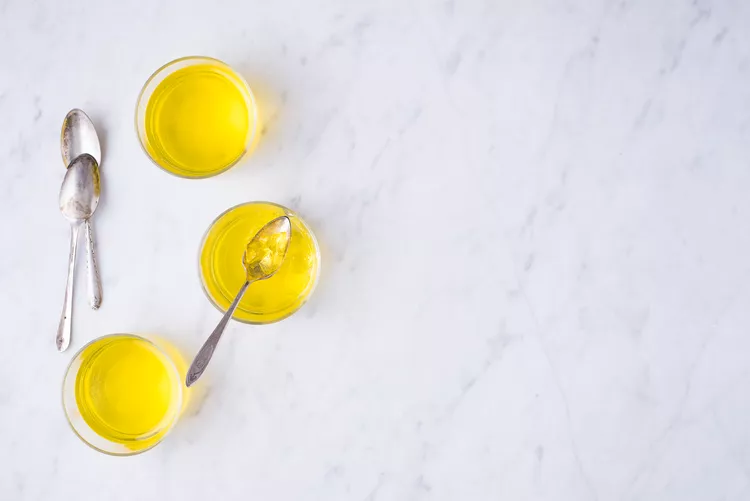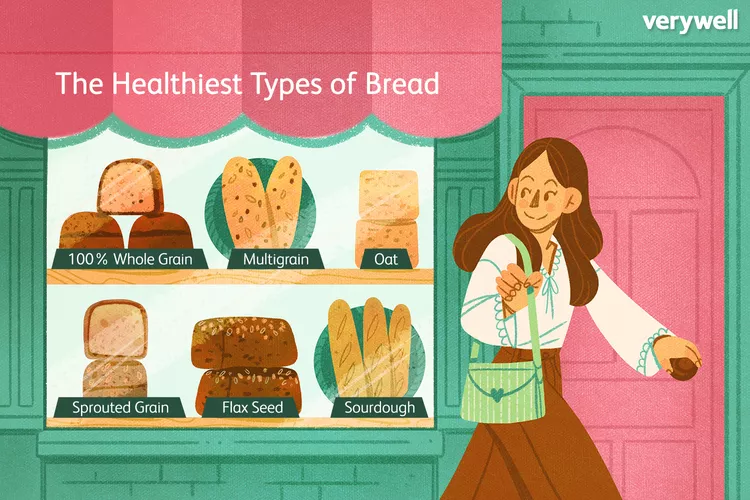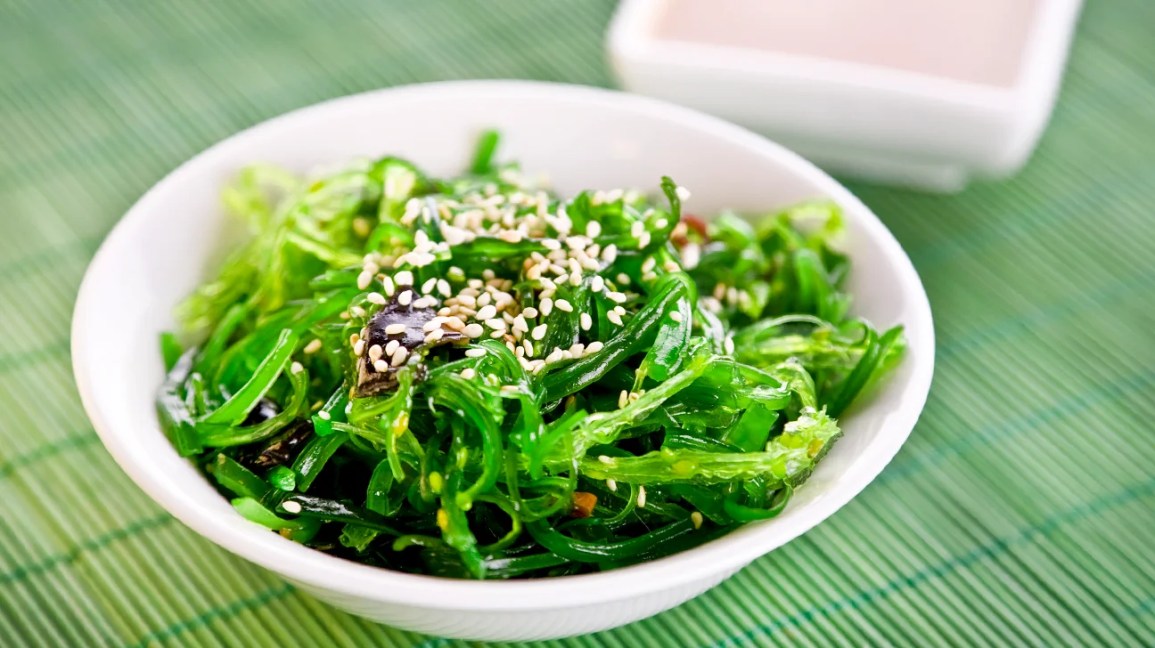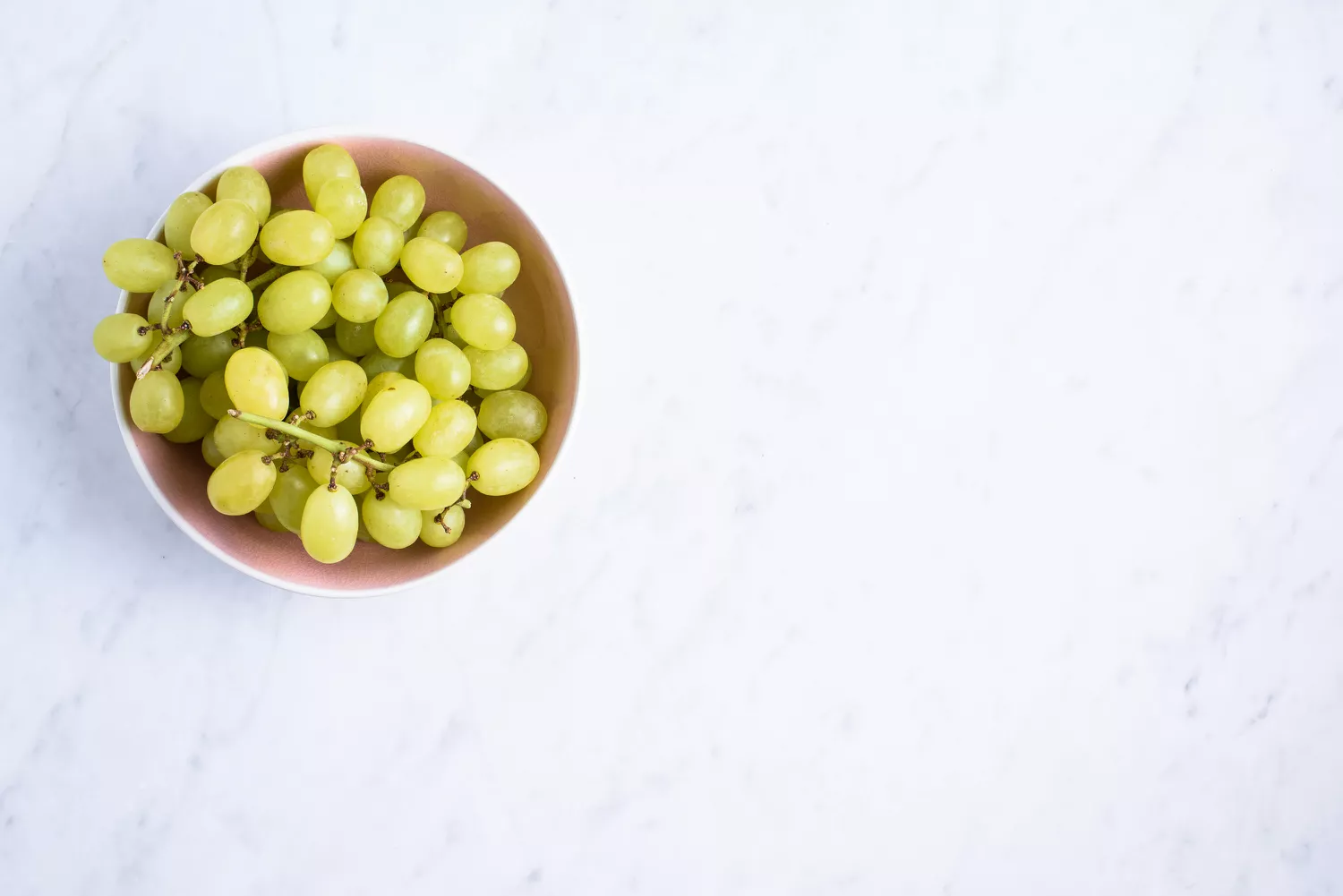Gelatin is a flavorless, colorless, stabilizer and thickener that is used to make desserts such as pudding, mousse, marshmallows, sweet, cakes, ice cream, some yogurts, and naturally fruit gelatin, such as Jell-O. Gelatin is likewise used to make some non-food products such as hair shampoos or skincare products.
Thickening representatives like gelatin can be made from various ingredients. Gelatin is made by boiling the skin, tendons, ligaments, or bones of animals (usually cows or pigs) in water. This procedure launches collagen, a protein that provides structure and also happens to be the most abundant protein in the human body. After the collagen is extracted it is concentrated and filtered, then cooled, extruded, and dried to make gelatin.
Due to the fact that animal products are used to make gelatin, it is not a vegan-friendly food and even some non-vegans choose not to consume it to support animal rights. However there are likewise gelatin alternatives that are made from non-animal sources. Many dietary supplements consist of gelatin, such as turmeric supplements and vitamin D supplements, so make sure to inspect the active ingredients list if you are searching for a vegan option.
Gelatin Nutrition Facts
The following nutrition info is offered by the USDA for a single envelope or about one-tablespoon (7 grams) of gelatin.1 However, a complete envelope might not always represent a single serving.
According to Knox, a company that makes gelatin, a single serving is most likely to be 1.75 grams. The business mentions on their site that a single serving offers 6 calories, 0 grams fat, 0 grams carbohydrate, and 1.6 grams of protein. This serving size equates to about a 1/2 cup serving when combined with water.2.
Calories: 23.4.
Fat: 0g.
Salt: 13.7 mg.
Carbs: 0g.
Fiber: 0g.
Sugars: 0g.
Protein: 6g.
Carbohydrates.
While gelatin provides about 30 calories per tablespoon, none of those calories are from carbs. There are 0 grams of overall carb, including 0 grams of sugar, and 0 grams of fiber in gelatin.
Since gelatin consists of no carbs, it will not impact blood sugar levels when taken in. It ought to be noted that gelatin is not normally consumed alone.
Fats.
There is no fat in a one-tablespoon serving of gelatin. Even a 100-gram serving consists of less than a gram of fat.1.
Protein.
Gelatin offers about 6 grams of protein per one-tablespoon serving. Remember that you are most likely to consume much less than that. If you consume 1.75 grams, you won’t even get a full gram of protein. So gelatin needs to not be considered a high-protein food.
Vitamins and Minerals.
Gelatin offers no considerable vitamins or minerals. Even if it is consumed in larger amounts than is normal in recipes, the powder does not contribute any considerable micronutrients.
Health Benefits.
Individuals who use gelatin as a food in recipes might not notice any significant effect on their health by consisting of the active ingredient in their diet plan. It is consumed in such percentages and in a lot of cases utilized in foods that aren’t taken in every day. There are a couple of studies that have recommended that the use of gelatin may offer certain health advantages. There are likewise some medical usages for pharmaceutical-grade gelatin that are noteworthy.
Treatment of Diarrhea.
Some people utilize pectin or gelatin to treat diarrhea when they prefer not to take conventional medications or when they do not wish to provide medications to their kids. The belief is that the gelling representative that helps thicken foods can also assist stools to form better. The proof supporting this benefit has actually been limited and irregular.
There have been some research studies suggesting that gelatin tannate can reduce persistent diarrhea. Gelatin tannate is gelatin that contains tannic acid. A minimum of one research study has discovered that gelatin tannate in mix with other products (such as probiotics) might work.3 But most studies show that more research study is required.
A 2020 evaluation assessed 3 studies including 276 kids who were provided gelatin tannate for the treatment of diarrhea. Research study authors discovered that there was no distinction between gelatin tannate and placebo in the period of diarrhea, stool frequency at day 2, diarrhea at day 3, vomiting, or other adverse occasions.4.
Gelatin products are often recommended throughout the treatment of diarrhea along with a liquid diet. But it is not since the gelatin offers any medicinal value, rather this is suggested simply because in some cases it feels great to consume “strong” food when you’re on a liquid diet and gelatin offers a more strong mouthfeel.5.
Enhanced Bone Health.
Another purported benefit of gelatin is for the defense of bones. Once again, high-quality proof supporting its usage is restricted.
Some early research studies suggested that hydrolyzed gelatin products such as pharmaceutical-grade collagen hydrolysate might help reduce pain in patients with osteoarthritis of the knee or hip. Scientist believed that it might have a beneficial result on cartilage metabolic process. More current studies need to be done to verify this advantage.6.
Another really little research study (involving simply 8 healthy male subjects) examined whether a gelatin supplement consumed before intermittent exercise training could enhance collagen production to assist prevent musculoskeletal injuries. Researchers compared the consumption of a 5- or 15-gram dose of vitamin C-enriched gelatin versus a placebo.7.
They found that including gelatin to an intermittent exercise program enhanced collagen synthesis and could play an advantageous role in injury avoidance and tissue repair work. The research study was so little in scope that it would be hard to know if this advantage might translate to a broader population in other scenarios.
Provides Compliant Recipe Alternative.
Those following particular diet plans can use gelatin to thicken foods instead of active ingredients that are not compliant with their eating strategy.
For example, those with wheat allergies or who have celiac illness, non-celiac gluten sensitivity, or who follow a gluten-free diet for other reasons may use other thickeners instead of flour in recipes. Cornstarch is one popular replacement, but gelatin can likewise be utilized. Cornstarch thickens when food is heated up (like flour), however gelatin thickens when food is cooled.
Gelatin can likewise be used by those following low-carb or grain-free diets. Adding flour to foods like soups and stews can increase the carbohydrate count (albeit a little). However gelatin can likewise be used when you desire no carbs included. Some cooks use a ratio of 1 1/2 tsp gelatin per cup of stock to thicken soups.
May Reduce Hunger for Weight Loss.
There is some minimal proof that a gelatin-based diet plan may be practical during weight-loss. One research study published in The Journal of Nutrition compared a gelatin-based custard diet plan to a casein-based custard diet plan. Casein is a complete protein discovered in milk and dairy products, whereas gelatin is an insufficient protein.8.
The study included 30 participants aged between 18 and 55 years old with a BMI between 20 and 33. Throughout the experiment, each individual spent a 36-hour session in a respiration chamber which measures energy expenditure and substrate oxidation. Individuals duplicated the session four times spaced 4 weeks apart.
Body Mass Index (BMI) is a dated, prejudiced measure that doesn’t represent a number of elements, such as body composition, ethnic culture, race, gender, and age.
Regardless of being a flawed measure, BMI is extensively utilized today in the medical neighborhood because it is an affordable and quick approach for examining potential health status and outcomes.
Throughout each of the 4 sessions, they consumed either a gelatin- or casein-based custard diet. Blood samples, and urine samples were gotten throughout each session along with appetite ratings to assist identify appetite suppression. Appetite ratings were measured on a visual analogue scale (VAS)– a measurement instrument that attempts to measure a particular that consists of a range of values and can not easily be straight measured.
At the end of the experiment, the study authors found that the gelatin-based diet led to higher cravings suppression.
Energy expenditure was about the same on both diet plans and the casein-custard diet plan did a better task of maintaining muscle mass. Study authors concluded that “in terms of weight reduction for individuals with obesity, the higher hunger-suppressing effect of gelatin may contribute in decreasing energy intake if this result is preserved when consuming a gelatin diet plan in the long term. In addition, long-term usage of casein might contribute to the conservation of fat-free mass.”.
It’s essential to put these findings into context. Custard-based diet plans are not most likely to be sustainable for the long-term, and will not provide all of the essential nutrients that you require for a healthy body. Brand names like Knox encourage that you may be able to use gelatin to make lower-in-calorie foods.
Allergies.
There are reports of gelatin allergy. According to the experts at Food Allergy Research and Education, allergic reaction to gelatin is a typical cause of an allergic reaction to vaccines, many of which consist of pig gelatin as a stabilizer.9 Published case studies recommend that those who have reactions to vaccines may likewise check positive in skin tests to several flavored gelatins (e.g., Jell-O), as well unflavored gelatins (Knox). Report authors state that gelatin-related vaccine responses are unusual, however can be deadly.10.
The American Academy of Allergy, Asthma, and Immunology also suggests that those with an allergic reaction to beef, cow’s milk, or pork meat might have a greater threat of a gelatin allergy.11.
Adverse Effects.
Gelatin is affirmed as “normally acknowledged as safe” (GRAS) by the U.S. Food and Drug Administration. Proof of drug interactions is lacking.
Varieties.
The tasteless, colorless gelatin that you find in the baking aisle of your local supermarket comes in one range, for the a lot of part (although there are also flavored gelatin items, like Jell-O).
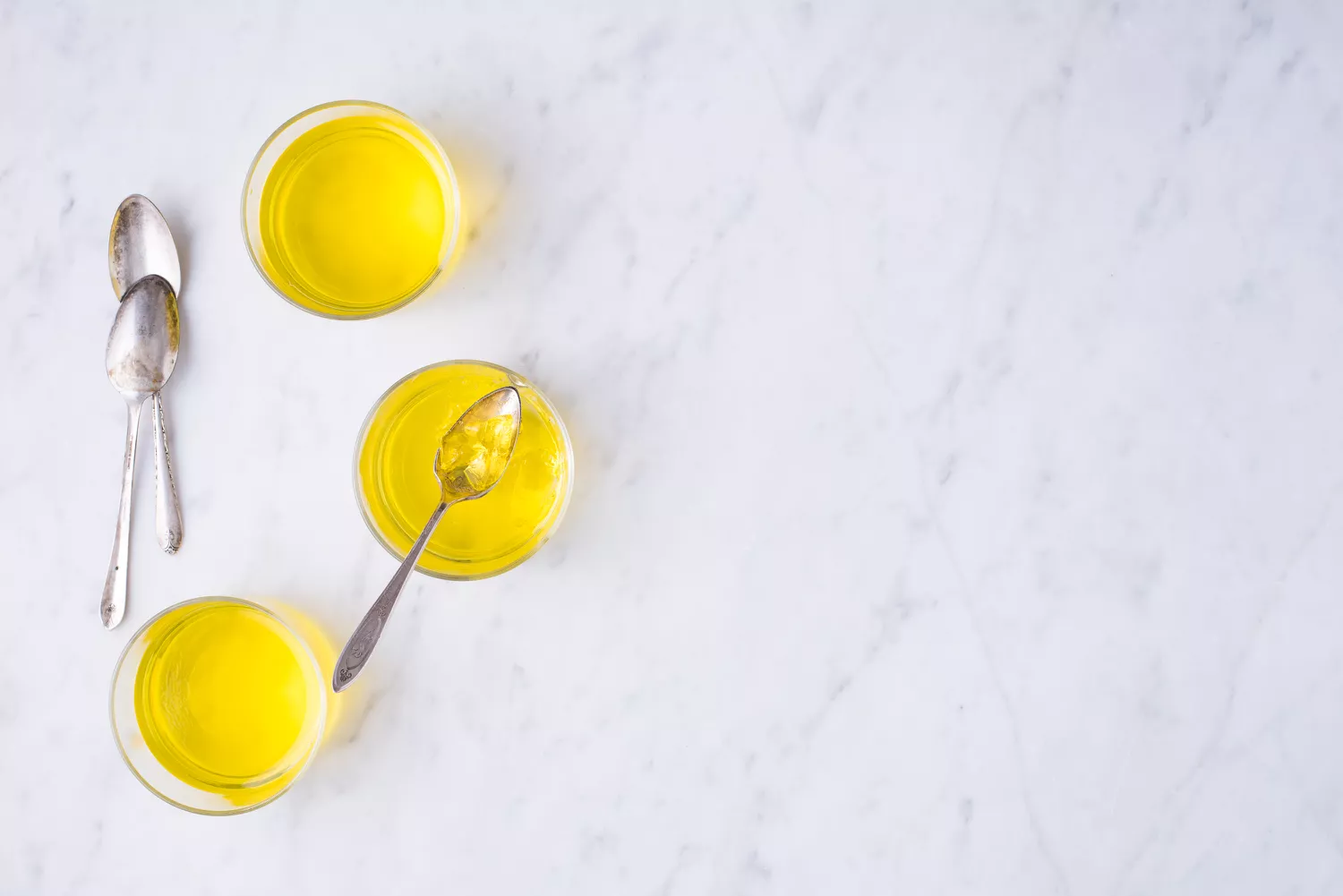
Gelatin items are made by extracting collagen from the connective tissue of animals, but manufacturers often do not reveal what kind of animal bones were utilized. There are a few brand names that disclose more information about the animals to assist clients who uphold specific religious practices and customs.
For example, some people refrain from consuming foods derived from pigs, such as those who just pick kosher or halal foods. Given that numerous gelatin products are stemmed from pigs, these foods would not be compliant. There are some beef gelatins that are made from slaughtered kosher meat that would be compliant. If the ingredients list is not specific, you can search for the kosher label on the product.
There are likewise non-meat gelatin options. These consist of:.
Agar-agar likewise called “agar” this thickener is stemmed from prepared, pushed seaweed. This gelling agent is available online and in some supermarkets in flaked type, powdered form, or in bars. When cooking with it, replace agar-agar for gelatin utilizing equivalent quantities if using the powdered type. If you’re utilizing flakes, a tablespoon is equal to about a teaspoon of the powder. Particular citrus fruits require more agar-agar when replacementing for gelatin in dishes. And agar-agar is not the best gelling representative for recipes that consist of uncooked mangoes, papaya, and pineapple.
Pectin is a gelling representative that is found naturally in plants, particularly apples and citrus fruits. Food manufacturers use pectin to make some kinds of yogurt and confectionery items. It is likewise used to enhance the mouthfeel of fruit-based drinks and can be used in the house to thicken jams, jellies, and other foods.
Carrageen is also stemmed from seaweed. Likewise called Irish moss, this thickener is normally best for making softer gels and puddings.
When It’s Best.
Gelatin is offered year-round in the baking section of grocery stores. You can also buy from many online stores.
Storage and Food Safety.
Gelatin needs to be kept in a sealed container and stored in a cool, dry location. According to the USDA, it needs to remain fresh for about three years when unopened and saved effectively.12 Gelatin needs to not be frozen.
How to Prepare.
The method that you utilize gelatin might depend in part on the type of recipe you’re using it in. In general, however, when utilizing a fundamental gelatin package, you begin by putting the packet into a bowl that contains about 1/4 cup of cold water or other liquid.
If you are making a sweetened thickener, include 2 tablespoons of sugar to the cold water mix when you include the granules. Then add a half cup of boiling water (instead of 1/4 cup), stir and dissolve.
If this is the case, you still add the granules to cold water, but you’ll utilize a saucepan rather of a bowl. Gelatin can also be dissolved utilizing a blender or in the microwave.
If you are not following a specific recipe, but just making a mold with fruit or other active ingredients, you’ll include the components after the liquifying process and put into a mold. Small metal molds generally chill faster than bigger molds or glass molds. Chilling times differ but can take 20 to 45 minutes depending upon the dish.
